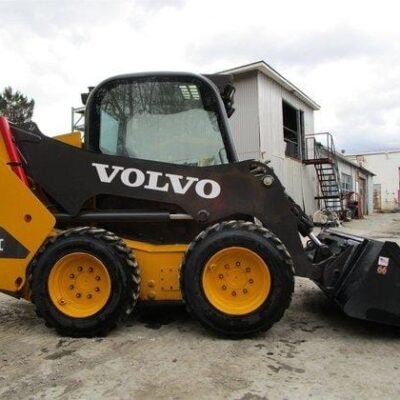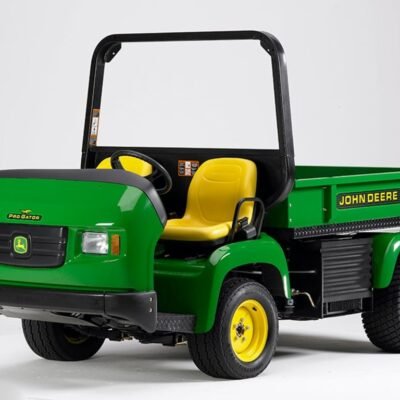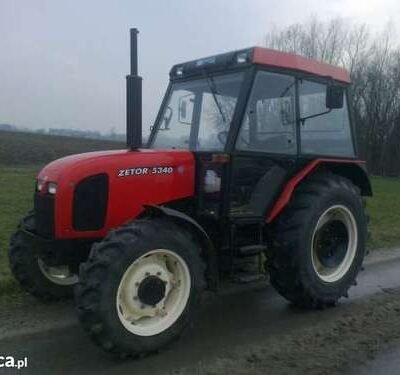| Content Type | Description | Details |
|---|
| 1. General Information | Overview of the machine and safety guidelines. | – Machine Identification: Serial numbers, model numbers, identification plates – Specifications: Dimensions, weights, capacities, engine details |
| – Safety Guidelines: Precautions for safe operation – Glossary of Terms: Technical terms and acronyms |
| 2. Engine System | Information about the engine, components, and maintenance. | – Engine Specifications: Engine type, displacement, power ratings – Maintenance: Oil and filter schedules, coolant systems, timing belt adjustments |
| – Troubleshooting: Issues like overheating or low power – Disassembly/Assembly: Step-by-step engine repair instructions |
| 3. Hydraulic System | Comprehensive details on hydraulic components and maintenance. | – System Overview: Hydraulic pumps, valves, actuators – Hydraulic Circuit Diagrams: Fluid flow schematics |
| – Maintenance: Oil types, replacement schedules, leak detection – Troubleshooting: Weak pressure or slow movement |
| 4. Electrical System | Details on wiring, circuits, and electronic components. | – Wiring Diagrams: Electrical system schematics – Battery Maintenance: Charging, testing, replacement procedures |
| – Components: Alternators, starters, sensors – Troubleshooting: Diagnosing shorts, voltage drops |
| 5. Power Train | Covers transmission, differential, and drivetrain components. | – Transmission Types: Manual, automatic, hydrostatic – Maintenance: Lubrication, adjustments, fluid replacement |
| – Diagnostics: Identifying shifting issues – Repairs: Rebuild or replacement instructions |
| 6. Braking System | Details on braking mechanisms. | – Types of Brakes: Mechanical, hydraulic, or air brakes – Adjustment Procedures: Proper brake settings |
| – Maintenance: Checking brake linings, fluids – Troubleshooting: Resolving brake drag or failure |
| 7. Steering and Suspension | Guidance on repairing and maintaining these systems. | – Steering Mechanism: Hydraulic or mechanical adjustments – Suspension Details: Springs, shocks, torsion bars |
| – Diagnostics: Steering responsiveness and alignment |
| 8. Track and Undercarriage Systems | Focused on undercarriage components for tracked machines. | – Track Assembly: Installation, tension adjustments – Wear and Tear: Monitoring tracks, sprockets, rollers |
| – Replacement Instructions: For worn parts |
| 9. Lubrication and Maintenance | Covers routine service tasks. | – Lubricant Specifications: Oil and grease types – Service Intervals: Maintenance schedules |
| – Grease Points: Locations for lubrication |
| 10. Attachments and Implements | Information on optional equipment like buckets, loaders, and backhoes. | – Attachment Installation: Fitting/removal instructions – Hydraulic Integration: Connecting hydraulic lines |
| – Maintenance: Ensuring functionality and preventing wear |
| 11. Diagnostics and Troubleshooting | Step-by-step procedures to diagnose issues. | – Symptom Charts: Identifying issues by symptoms – Fault Codes: Decoding electronic diagnostic messages |
| – Repair Steps: Resolving problems |
| 12. Torque Specifications | Torque values for bolts and fasteners. | – Engine Assembly – Chassis Components – Hydraulic Fittings |
| 13. Service Tools and Equipment | Lists specialized tools required for repair tasks. | – Types of tools needed for specific components |
| 14. Disassembly and Assembly Procedures | Step-by-step guidance for disassembling and assembling major components. | – Detailed procedures for safe and effective component handling |
| 15. Schematics and Diagrams | Visual aids for repair and maintenance. | – Hydraulic System Schematics – Electrical Wiring Diagrams – Exploded Component Views |





